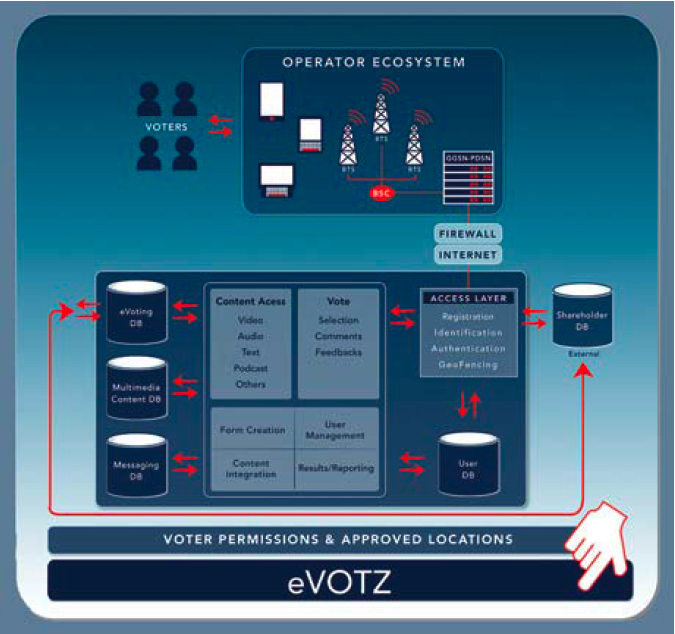Military PNT — The Way Ahead
 FIGURE 1: The three foundations of C2 and how they are “changing the game” in an electronic battlespace: spectrum (communications media), yellow; computers (digital data), green; PNT (precise position and timing), blue.
FIGURE 1: The three foundations of C2 and how they are “changing the game” in an electronic battlespace: spectrum (communications media), yellow; computers (digital data), green; PNT (precise position and timing), blue.With thanks to Yogi Berra, it’s “déjà vu all over again” for the Global Positioning System, but this time with a twist.
Twenty-five years ago, the question asked by U.S. military commanders and combat personnel in the field was, “Why should I go to the trouble to use this space-based system called GPS?” Today, the question being asked is, “GPS is vital to the success of my mission; so, why are you asking me to consider using something else?”
By Inside GNSS



















